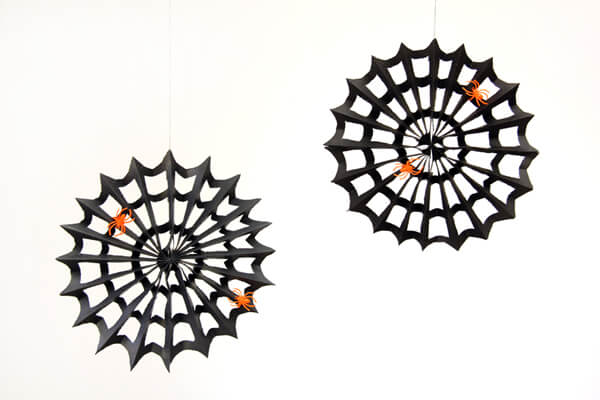When my son asked me how to make an antique leather sorcerer's tome for a school project, the first thing I thought of was
Kraft-Tex paper from C&T Publishing. It is easy to work with and can be altered to look like leather or fabric, depending on what treatment you apply... and I had
just enough left over from another project.
A quick disclaimer: While this is not a sponsored post, I am a member of C&T Publishing's Creative Troupe. Design Team members are not paid but do receive free supplies and discounts on C&T products. C&T sends members cool materials to play with and then we send back our creations with tutorials. Sometimes the pieces are used in product design or published in books. Some are used at trade shows as examples of what can be made with the material. Last year my faux leather butterfly mask (made from "natural" colored Kraft-Tex) was used on the back of the product packaging. Want to see more items made with Kraft Tex? Check out this Flickr photostream.
On with the show! For this project you will need:
1 book & enough Kraft Tex to cover it.
brown and red ink pads
optional rubber stamps (Judykins Porcelain & Hero Arts s5449 used)
pencil
markers
acrylic paints (gold and iridescent white were used here)
scissors
glue (Aleene's Tacky glue & Krylon spray adhesive were used, but others will work too)
paint brush, knife or plastic card to spread wet glue
binder clips, clothespins or other small clamps
Krylon matte spray fix
large bowl of water or washing machine
iron
1) Measure and cut out approximately how much Kraft Tex will cover the book. Leave extra around edges, as you will fold them over and glue to inside of book cover.
2) Crumple the paper and either soak in water or put in washing machine and run a short cycle (without soap). Crumple wet Kraft Tex again and either hang to dry or put in dryer at lowest setting. You want this to be as wrinkly as possible. The surface will also get roughed up, resulting in a softer finish that is more like leather/fabric than paper. If necessary repeat until you get a finish you are happy with. The Dude went with one washer/dryer cycle plus a long soak/hand dry to get the look he wanted.
3) Since he needed to flatten the Kraft Tex before glueing, I helped him with the iron (set med/low with no steam). After ironing, leave some wrinkles and waves. You want this texture.
4) Decide which side will be your book cover. Place it face down. Using the pencil, trace the book on the backside of your Kraft Tex cover. At this point, spray adhesive on the book's original cover (or coat with glue) and, starting with the binding, place the book inside the lines you traced. Smooth the paper to push out any major air bubbles as you go. Minor bubbles and wrinkles add to the "leather" texture. Let dry.
5) Fold the extra margin of paper over book's edges. Trim as needed. The binding area will not need as much of a margin so trim that very close to the edge of book, leaving just a bit Kraft Tex there. (See a few photos down for example.) Glue edges and clamp with binder clips or similar until dry.
6) For a finished look inside your cover, glue down the first and last pages of the book to the inside cover. At this point the Dude figured out that pants hangers made perfect clamps. Let dry
7) Now for the fun part! He started with the porcelain crackle stamp covered in brown ink, but then decided that was too subtle and started rubbing the ink pads around the cover. The raised wrinkles picked up the most ink, adding lots of lines and texture. The faux leather look was coming along nicely. (Sorry, my photos aren't the greatest.) The Dude then decided to kick it up a notch, rubbing red ink all over everything.
8) He then added a subtle gold filigree. Originally he was going to go over it with a gold paint pen, but decided the faded look added to the "aged" vibe that he wanted. Once the inks are dry, spray with a matte clear finish. This will set your ink and also tone down any harsh gold color.
8) Oops! Almost forgot to glue the binding edge. A touch of glue, a fold and tiny clip... and all is well.
9) Paint the front as desired. This is his interpretation of the "Eye of Horus" done in markers, gold and iridescent white acrylic paints.
10) Once your Wizard's Tome is dry, grab your grimoire and give your best maniacal laugh - mwah -ha - ha - ha!






































































